I’m one of the traditional type of Windows users, (Win8.1 64-bit), who boots straight to their desktop and uses third party software almost exclusively, (I don’t use the Metro screen at all). Although I am aware of, and do use, the resident backup and imaging tool, ‘file history’ obviously doesn’t include ‘app data’ which I’m just copying onto an external HDD at the moment.
I’d like to get a backup program that is compatible with 64-bit Win 8.1. I’d really appreciate, therefore, knowing which programs users like me are using.
Thanks



